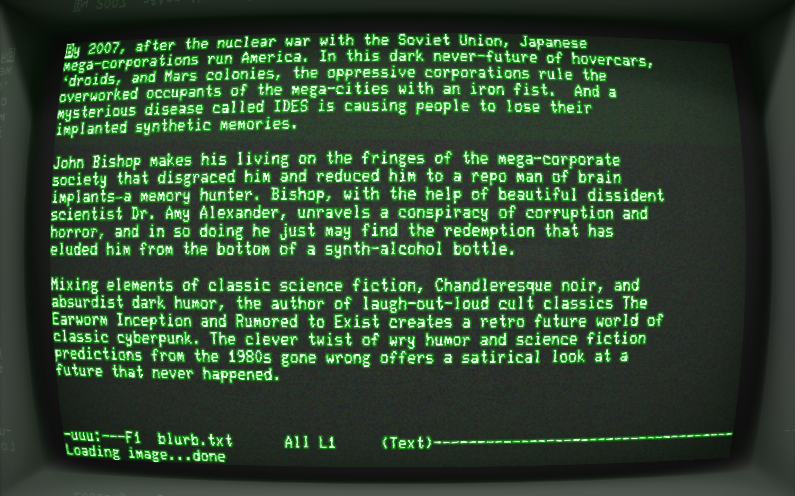This Lena Dunham book has been huge in the memetic ten-second news cycle lately. I haven’t read it, but the gist of the argument is that her autobiographical(-ish) book has some stuff in it about how she used to share a bed with her sister and various things may have happened (or not, whatever.) There’s a group of people who want to see her hung from a lamppost, and another who are defending her and saying that it’s normal behavior and/or they’re just jealous of her success and/or they don’t get how this could be fiction or an unreliable narrator situation.
I won’t get into my opinion on Dunham, because who cares. But this demonstrates what I find an interesting flaw in the creative nonfiction genre. Some people will take everything you say as face value, and even if you write an extremely exact, factual, researched and cited account of a situation, you will still have people tear it apart and give you shit about it. That gives you no latitude to be creative. If I were writing autobiographical fiction and I glossed over some event or fact or tried to frame things so I didn’t look like an asshole or looked worse off than I really was or whatever else, eventually someone is going to come forward and nitpick your work.
Was Lena Dunham adding in this stuff because her work is creative nonfiction and she’s free to be an unreliable narrator for the sake of art? Maybe, I don’t know. But if she’s going to do that, she’s going to get people who don’t get it and freak the fuck out. It’s one of the reasons I don’t like writing creative nonfiction anymore. Any time I write a story about college or childhood and then fictionalize it by changing places and backgrounds and morphing together characters and altering sequences for the sake of storytelling, I always get some genius from the past who shows up and says “HEY MY CAR IN 1988 DIDN’T HAVE FOUR SPEAKERS IT ONLY HAD TWO.”
It’s just like how there’s always some asshole who’s got to reply to my one-line jokes on Facebook by closely analyzing it like I’m writing a peer-reviewed paper on nuclear physics. It’s a goddamn joke. Yes, I know that a duck can’t walk into a bar because all doors on commercial spaces open outward and the duck would need fingers to pull open the door. That’s not the point – go do something more constructive, like telling kids there isn’t a Santa Claus.
What’s odd is that James Frey seemed to have the opposite trouble as Dunham about ten years ago. He wrote a creative nonfiction book, which was pitched and sold as a straight biography, and then got torn apart because his crazy tales weren’t true. I think at the time the Frey stuff happened, I thought he was a fraud and the whole thing was phony, but now in retrospect, I like the idea. I think if I did write a “nonfiction” book, I’d purposely make it outlandishly fake, and talk about my time in Japan studying to be a ninja, or how I do heart surgery on the side.
It’s almost bordering on Hunter Thompson’s Gonzo journalism. And in the same sense, there’s been this whole cottage industry of picking apart HST’s life to prove what is and isn’t true. (Same with Bukowski, same with Burroughs, and with a million others.) But that’s the genius and the art of it: it’s all fake. Nothing is true; everything is permitted. Good luck to Dunham explaining this to her humorless detractors, but it’s something to keep in mind when writing.


